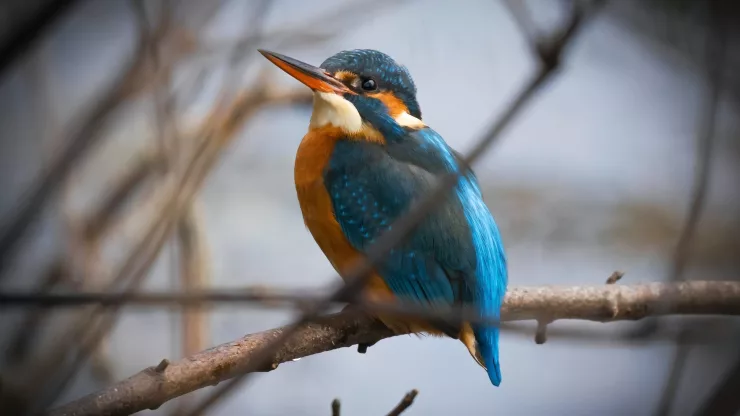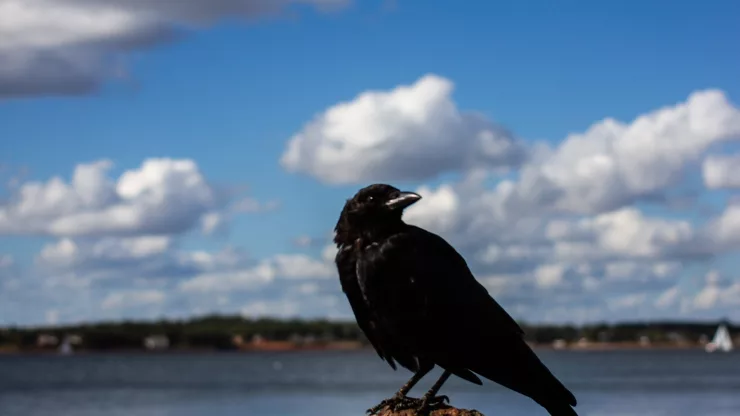Anteaters may not be the first animal that comes to mind when thinking of exotic creatures, but they are fascinating nonetheless.
These unique animals are known for their long snouts, sticky tongues, and love for ants and termites.
In this article, we will explore some interesting facts about anteaters.
- Anteaters are native to Central and South America.
- There are four species of anteaters: the giant anteater, the southern tamandua, the northern tamandua, and the silky anteater.
- The giant anteater is the largest of the four species and can grow up to seven feet long from nose to tail.
- Although they are called anteaters, they also eat termites and other insects.
- Anteaters use their long snouts to sniff out ants and termites.
- They have no teeth, but instead use their long, sticky tongues to capture their prey.
- Anteaters can flick their tongues up to 160 times per minute to catch ants.
- They have poor eyesight but have a keen sense of smell.
- Anteaters have strong front claws that they use to tear apart ant and termite mounds.
- They have a low body temperature and a slow metabolism, which helps them conserve energy.
- Anteaters can eat up to 30,000 ants and termites in a single day.
- They have no natural predators due to their tough skin and powerful claws.
- Anteaters have a unique walking style called the “bear crawl,” where they walk on their knuckles to protect their claws.
- The giant anteater is listed as vulnerable on the IUCN Red List due to habitat loss and hunting.
- Anteaters are solitary animals and only come together during mating season.
- They have a lifespan of around 14 years in the wild.
- Anteaters have a specialized digestive system that allows them to break down the tough exoskeletons of ants and termites.
- Baby anteaters are born with their eyes closed and ride on their mother’s back for the first few months of their life.
- Anteaters are not aggressive animals and will usually try to avoid confrontation.
- They are considered to be a keystone species, meaning that their presence is essential for maintaining the health of their ecosystem.
- Anteaters are often depicted in popular culture, such as in the animated movie “The Ant Bully.”
- Anteaters have been known to swim to escape predators or cross rivers.
Frequently Asked Questions
What is the difference between anteaters and aardvarks?
Anteaters and aardvarks are two different animals. Anteaters are native to Central and South America, while aardvarks are found in Africa.
Aardvarks have a more robust body shape and longer ears, while anteaters have long snouts and bushy tails.
Can anteaters be kept as pets?
No, anteaters cannot be kept as pets. They are wild animals and require specialized care that most people cannot provide.
Additionally, keeping an anteater as a pet may be illegal in some areas.
Are anteaters dangerous to humans?
Anteaters are not typically dangerous to humans. They are not aggressive animals and will usually try to avoid confrontation.
However, if they feel threatened, they may use their powerful claws to defend themselves.
What is the lifespan of an anteater?
Anteaters have a lifespan of around 14 years in the wild.
How do anteaters protect themselves from predators?
Anteaters have tough skin and powerful claws, which make them difficult to attack.
They also have a keen sense of smell and will often avoid areas where predators are present.
What is the conservation status of anteaters?
The giant anteater is listed as vulnerable on the IUCN Red List due to habitat loss and hunting. The other species of anteaters are currently not considered endangered.

I am a fun fact enthusiast and creator of Facts On Tap.
I love to share my knowledge and curiosity with readers and inspire them to learn something new every day.
When I’m not writing, I enjoy traveling, reading, and playing trivia games with my friends.




